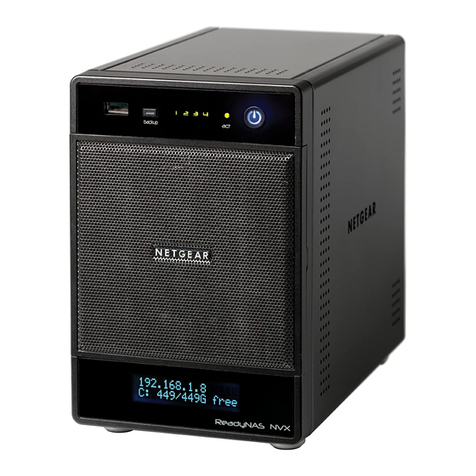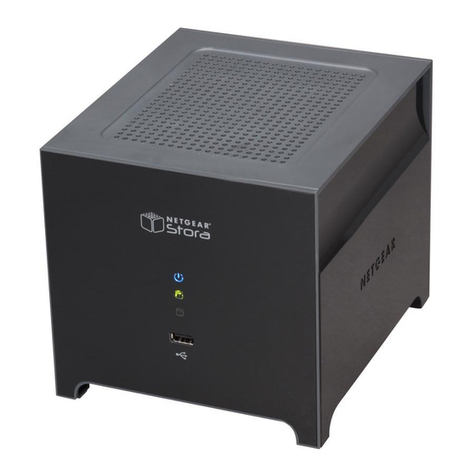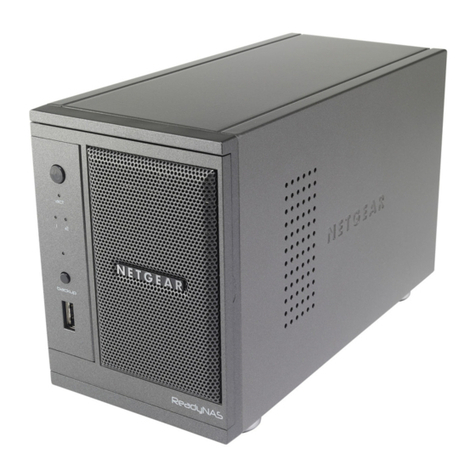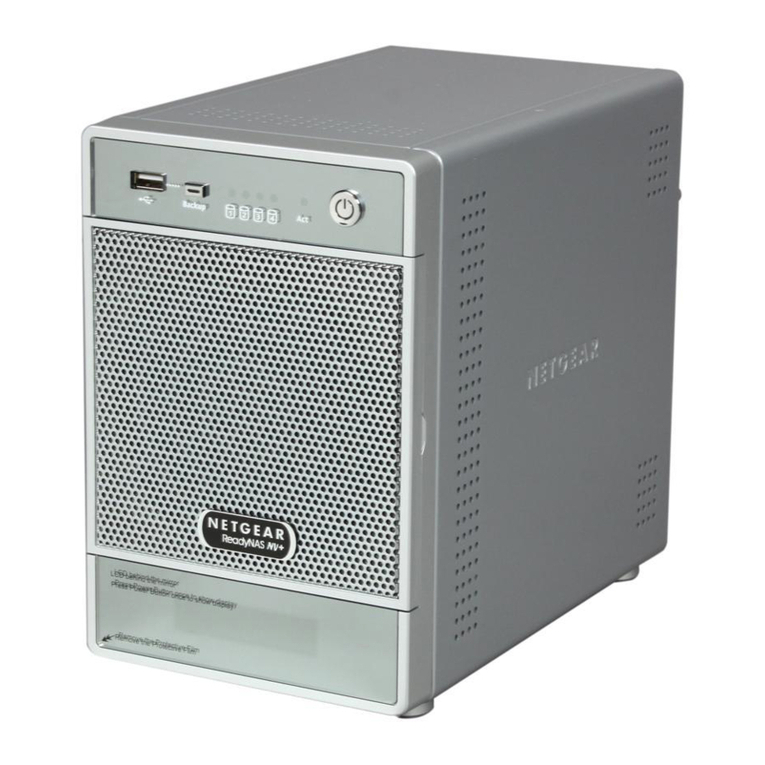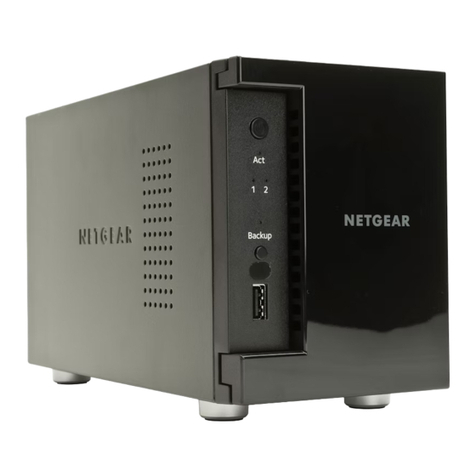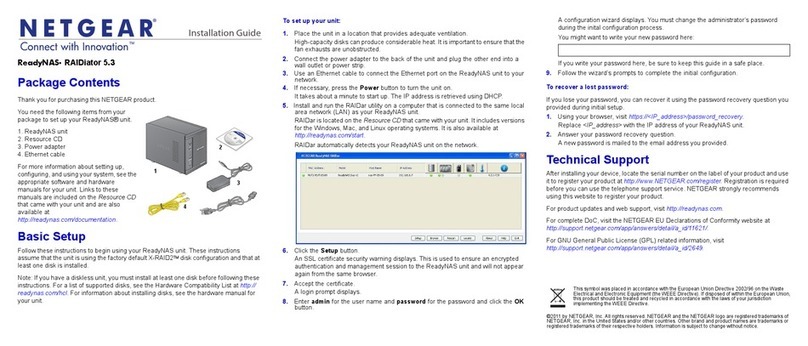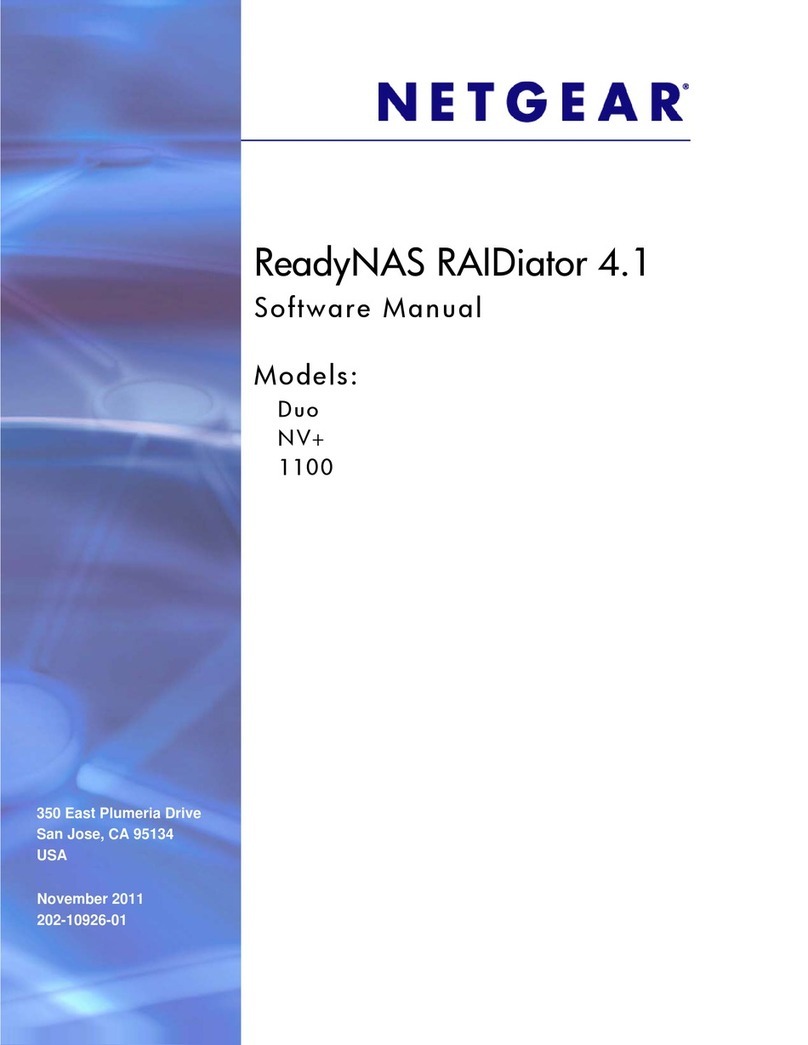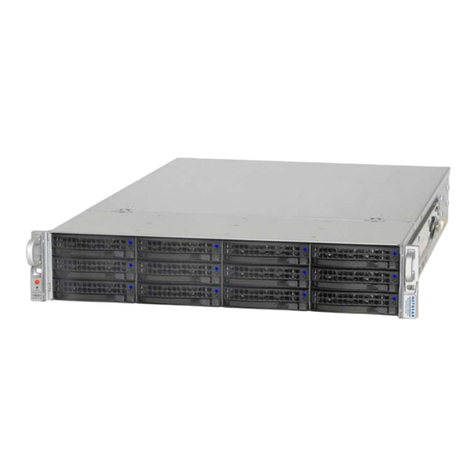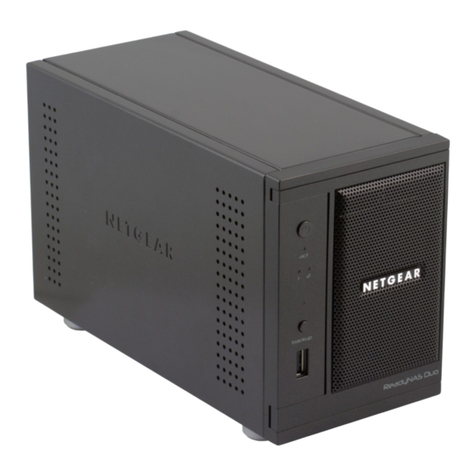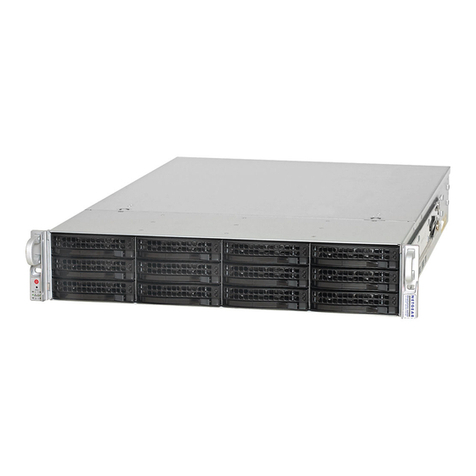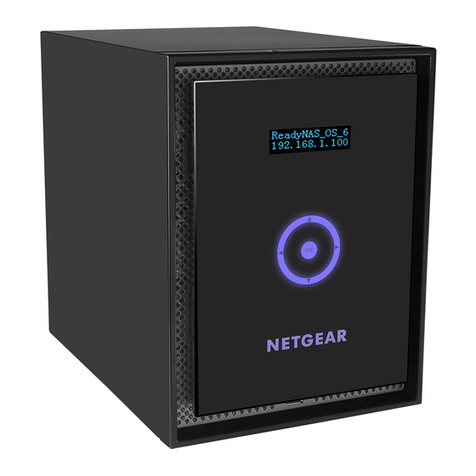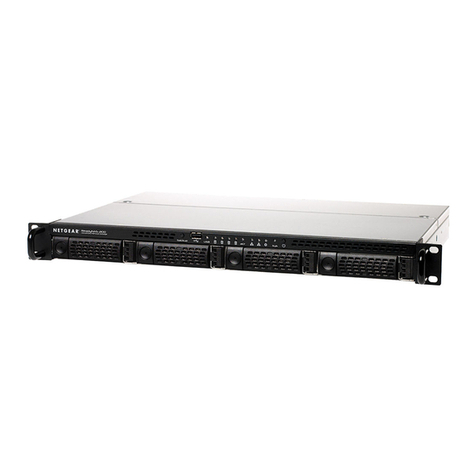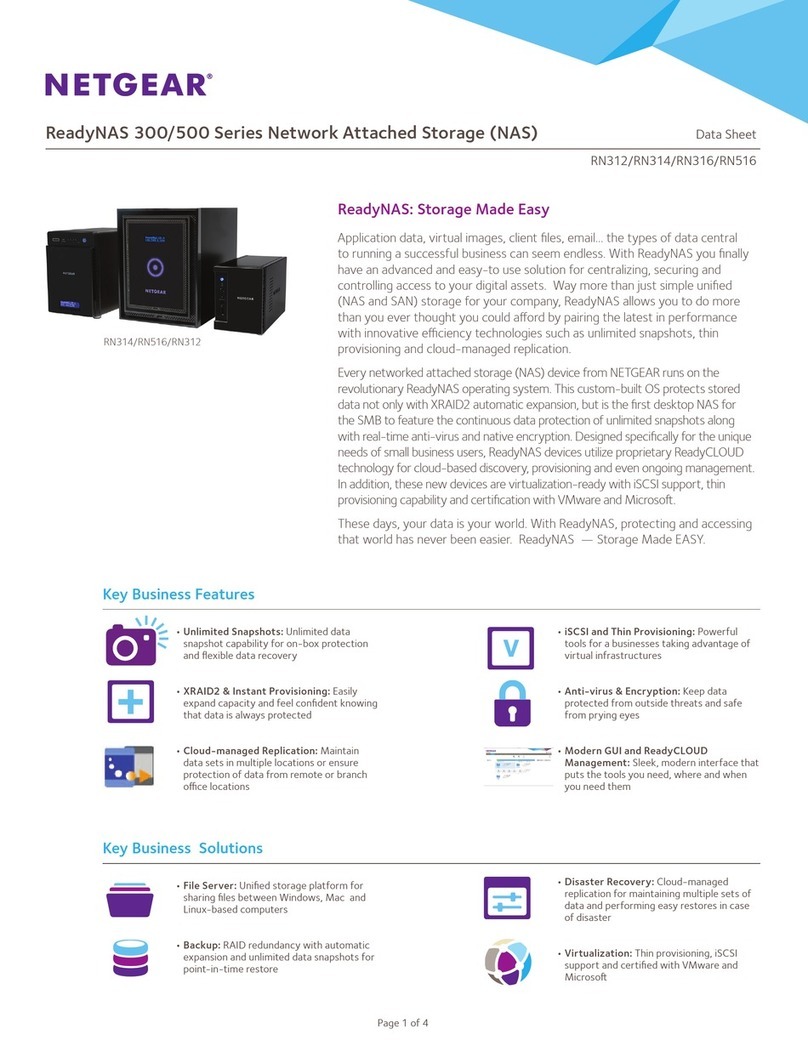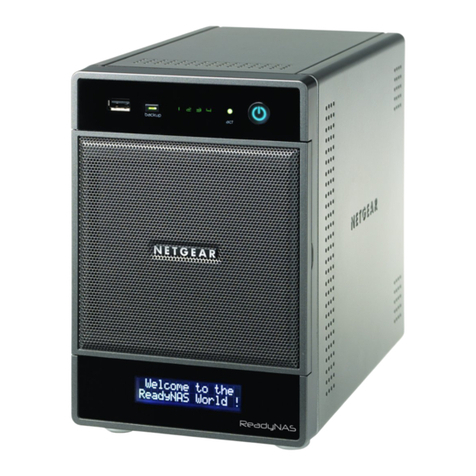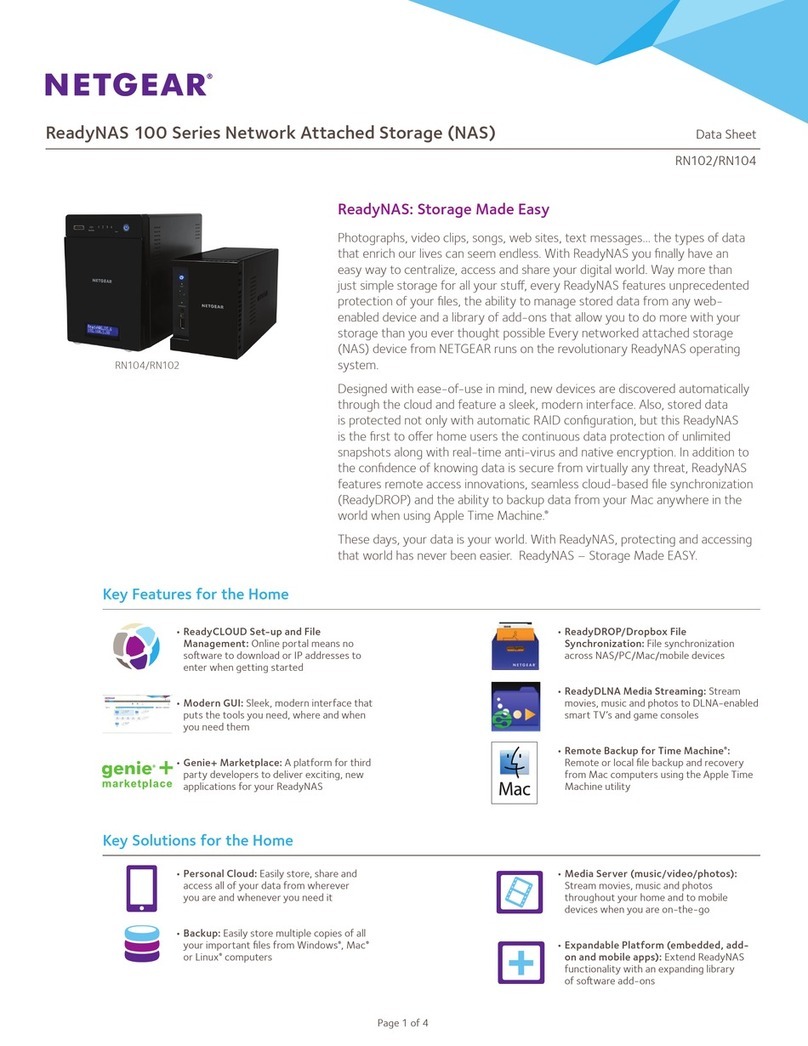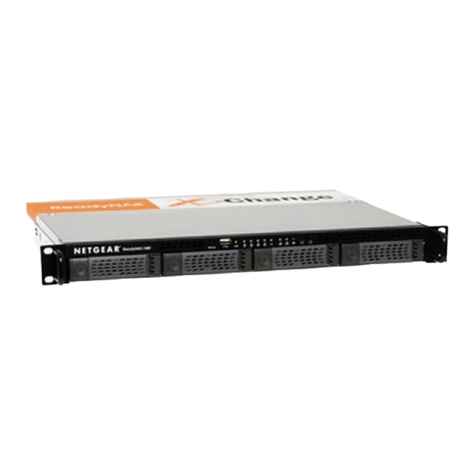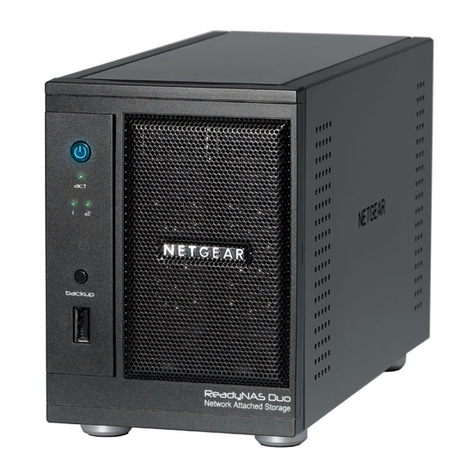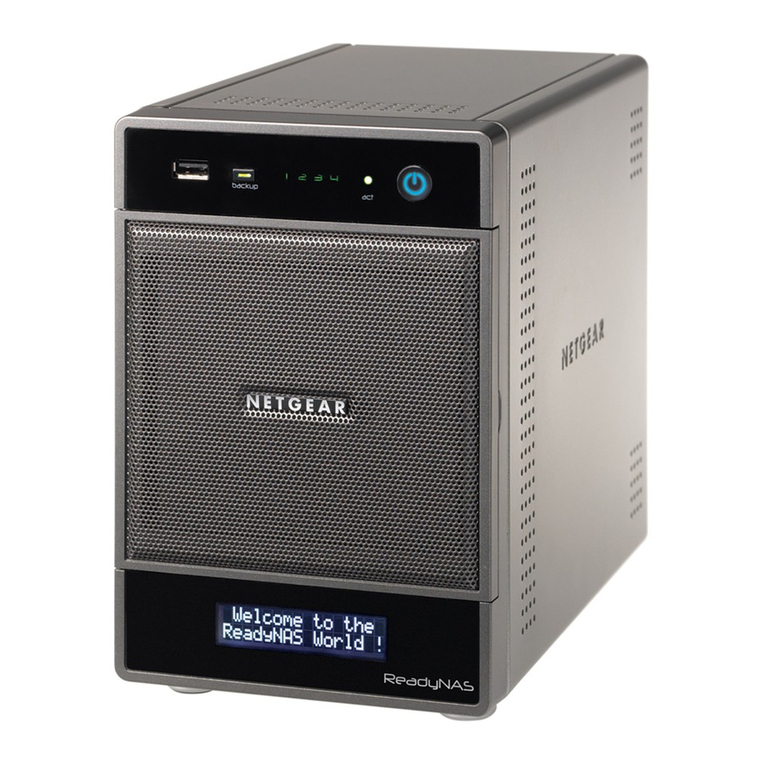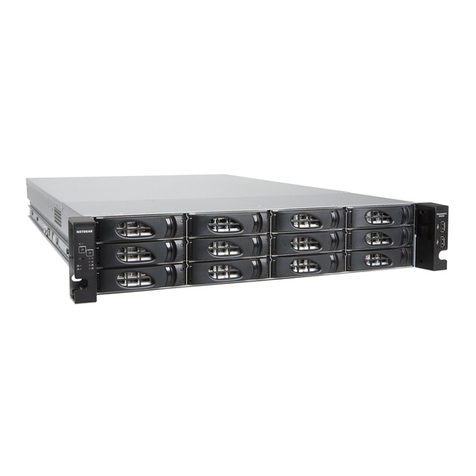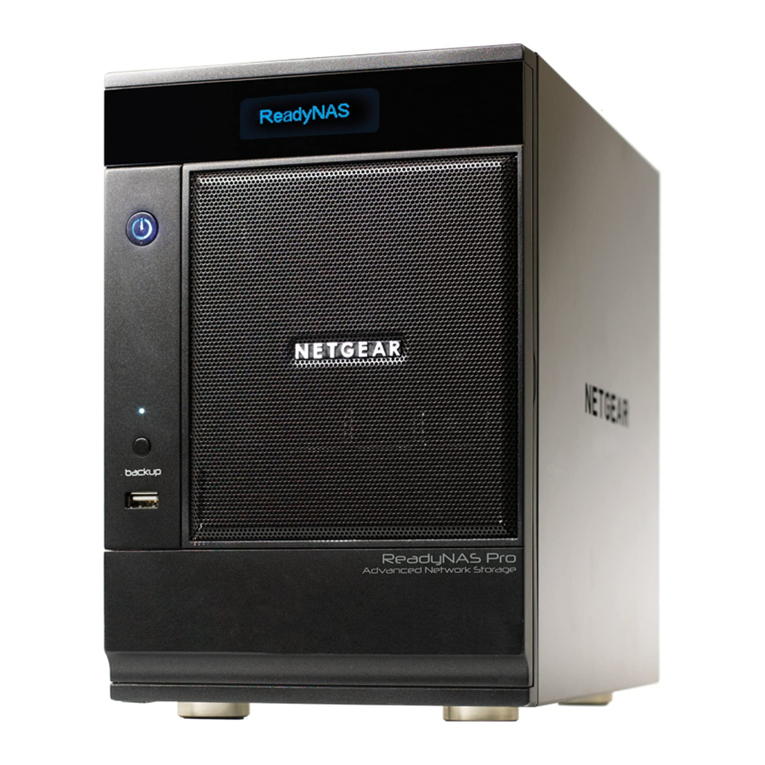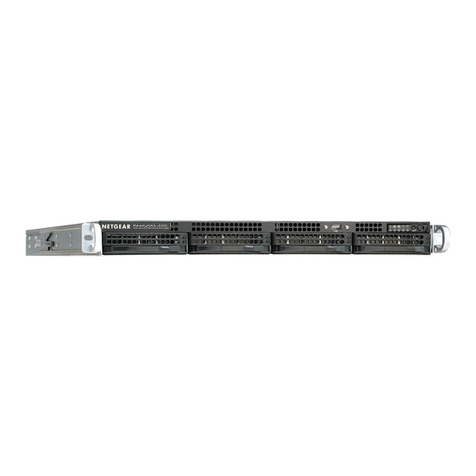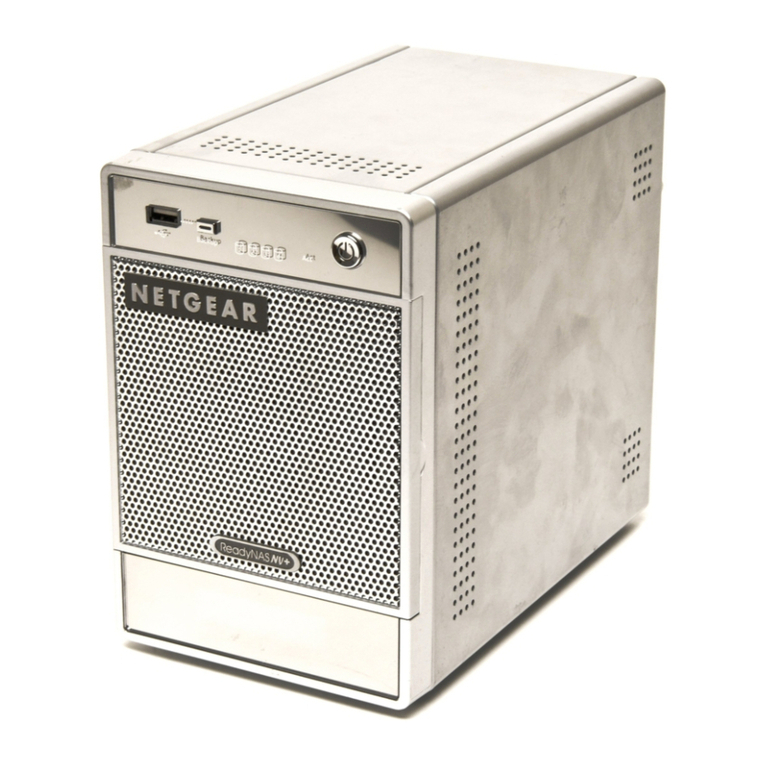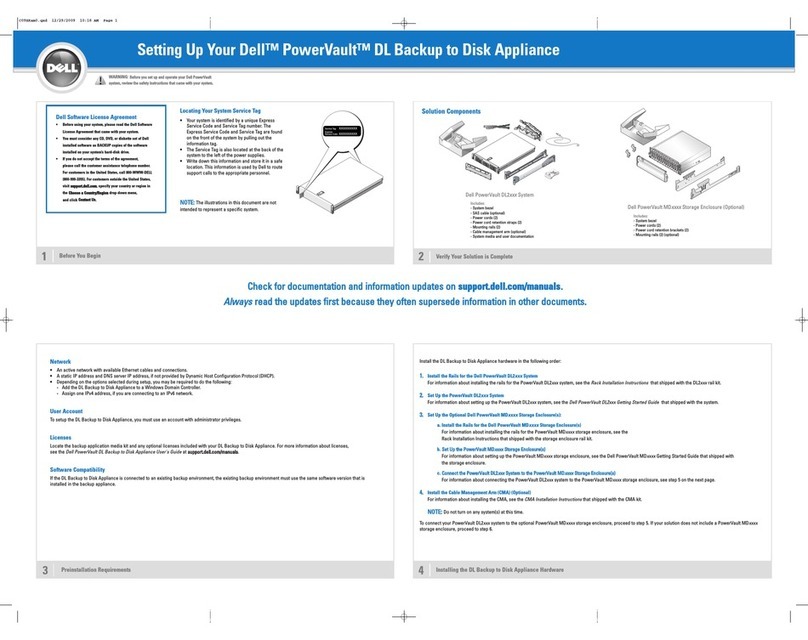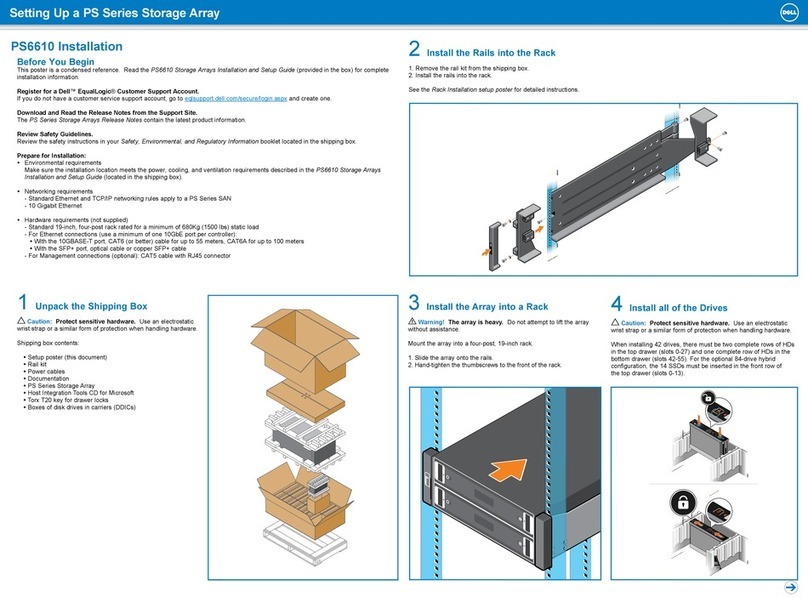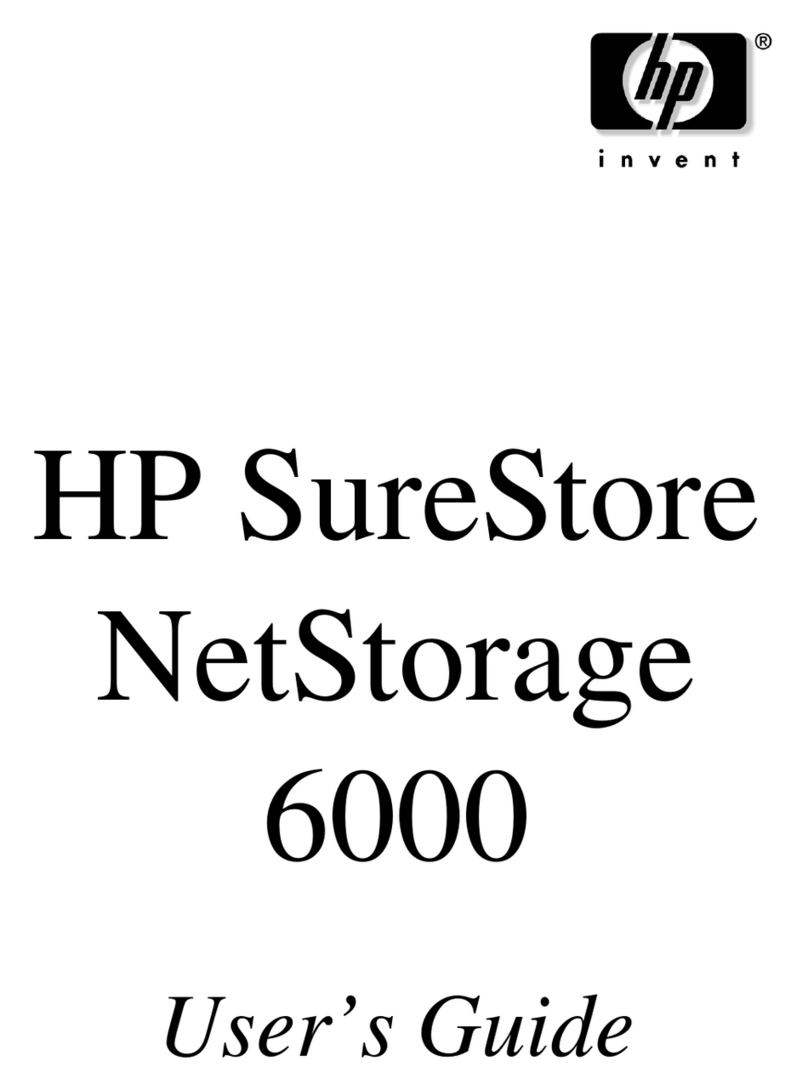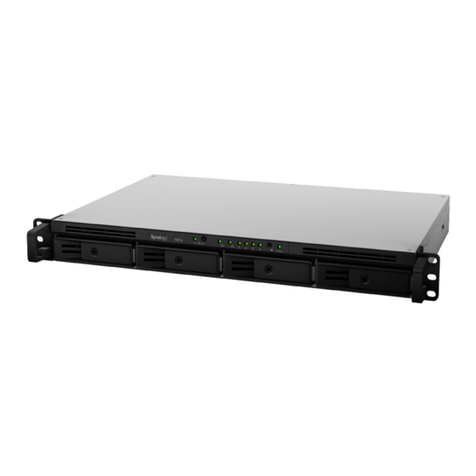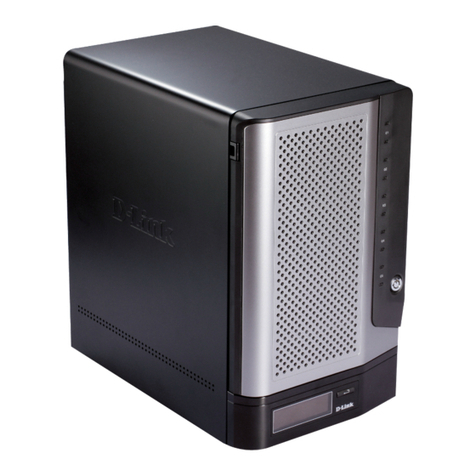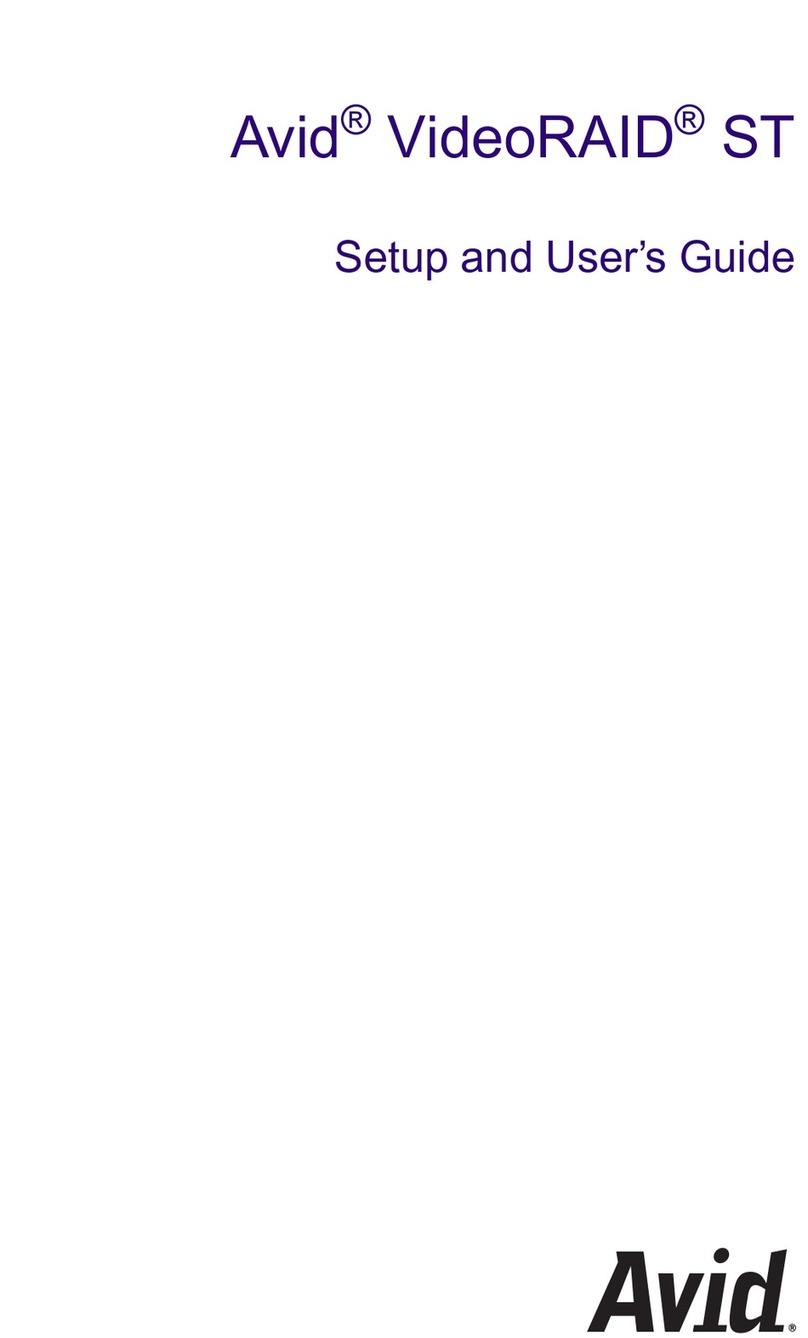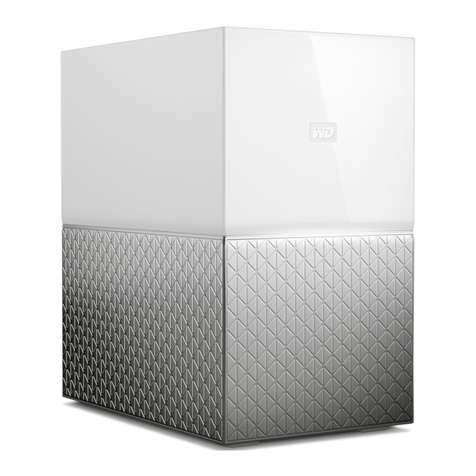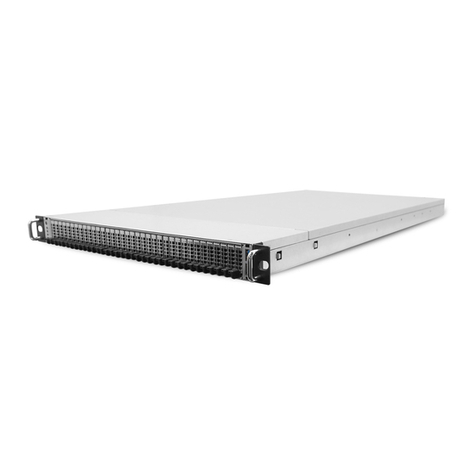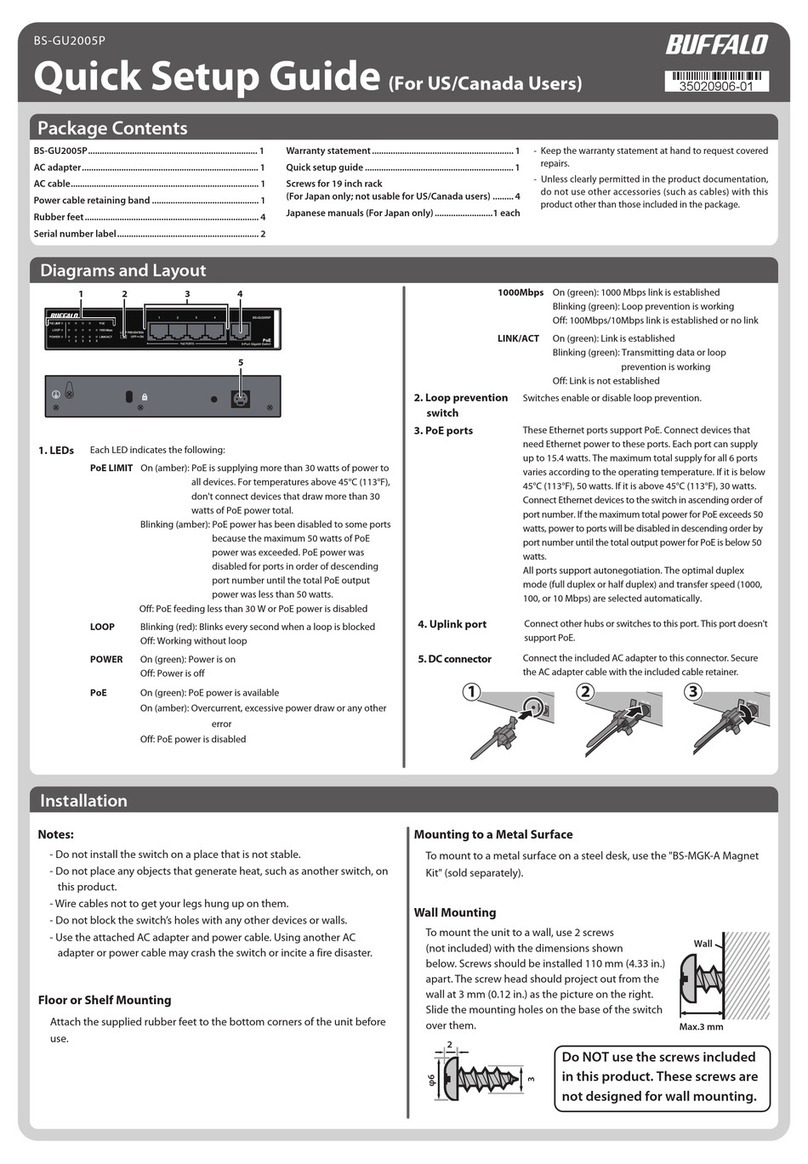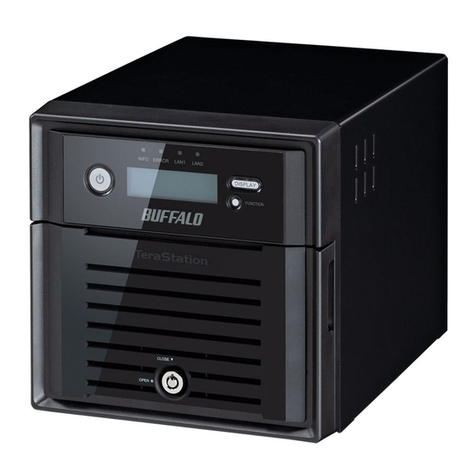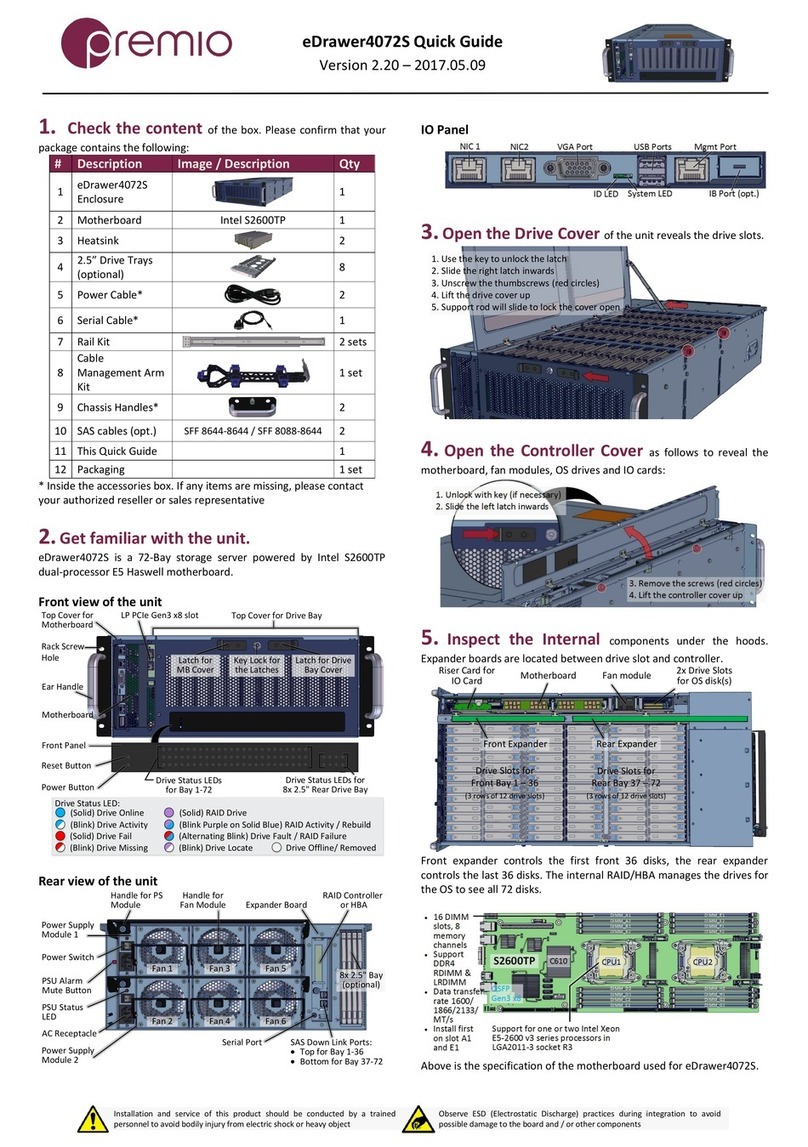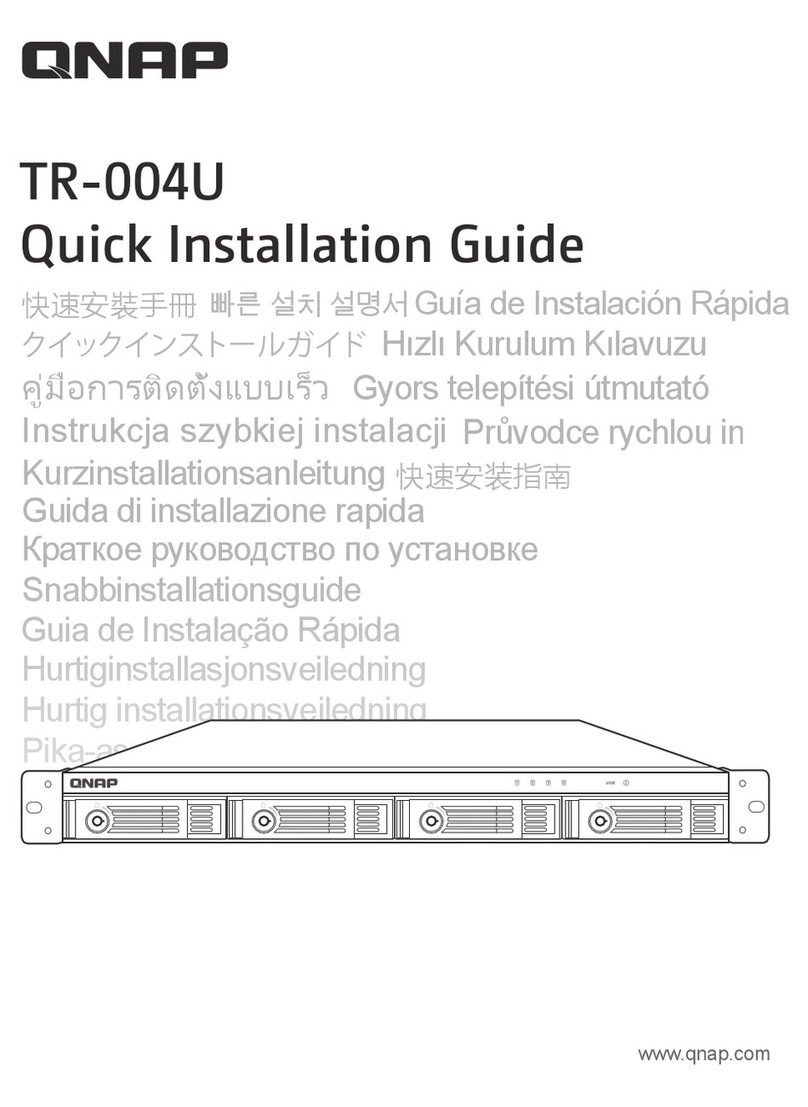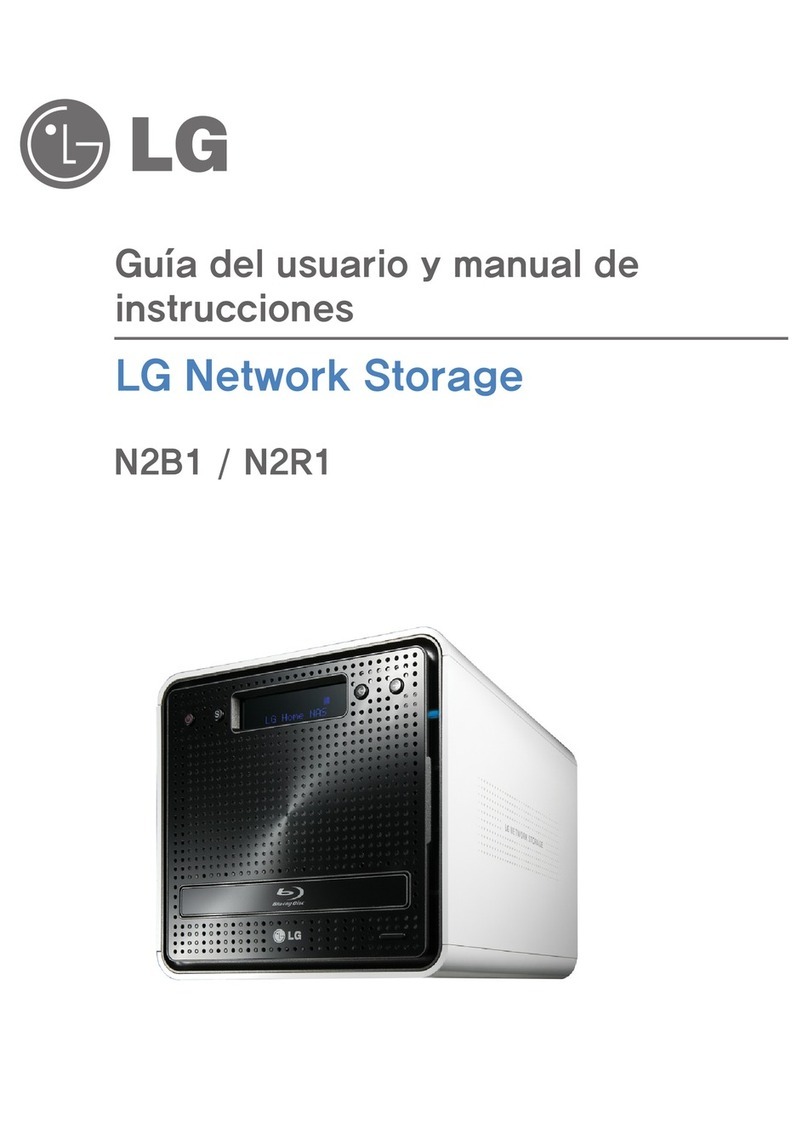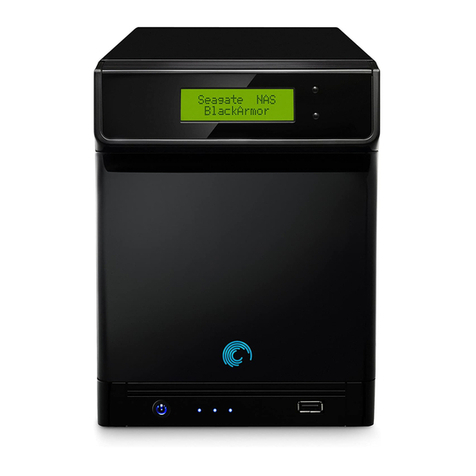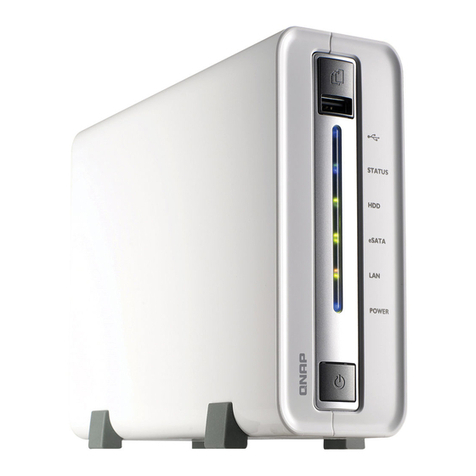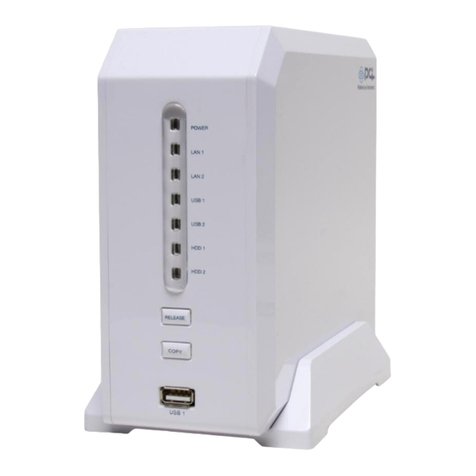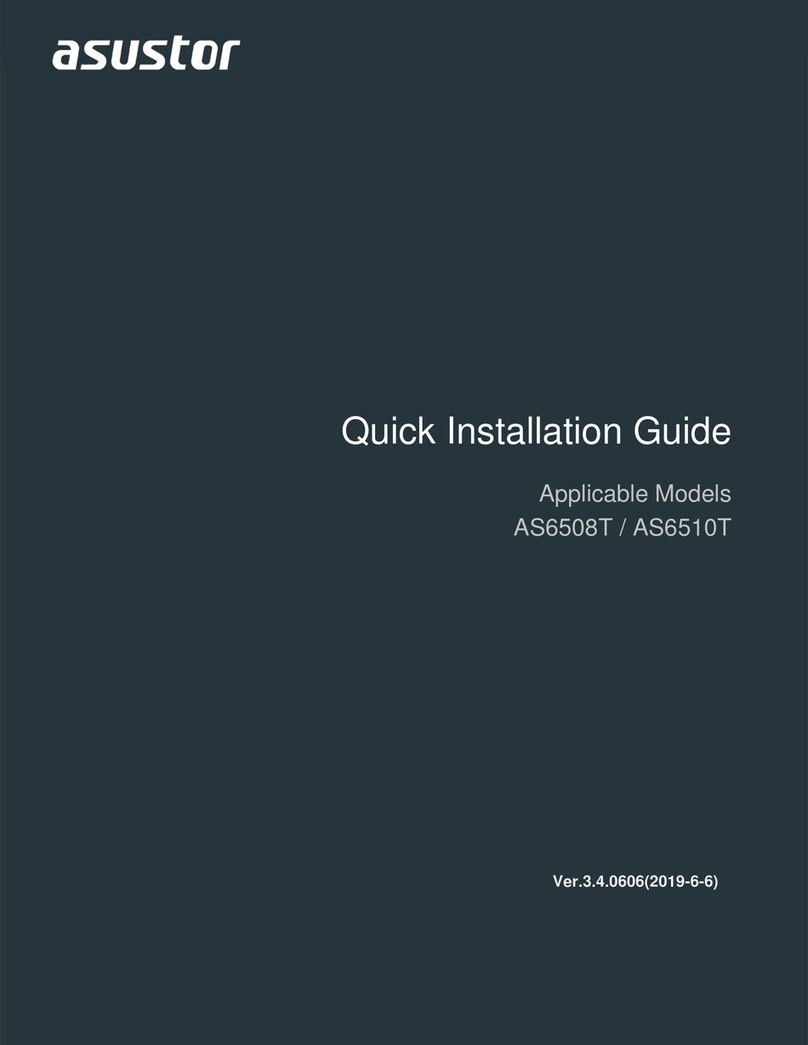
6| Chapter 1: Getting Acquainted
ReadyNAS Ultra Hardware Manual
What is the NETGEAR ReadyNAS Ultra?
The NETGEAR ReadyNAS Ultra series deliver the power you need to run bleeding-edge
applications, and the flexibility you want to store, share, and protect your prized multimedia
collections.
Two Gigabit Ethernet ports deliver ultra-fast connections, while three USB ports offer the
flexibility to connect other devices using a USB connection, like printer servers, external USB
storage devices, or digital cameras.
These multimedia desktop storages are ideal for media enthusiasts with large digital media
libraries who want to take their media files wherever they go, and enable users across the
LAN, or WAN, or over the Internet to back up and share data from Windows, Macintosh, and
Linux systems.
Offering extensible, high-availability data protection, ReadyNAS Ultra systems come with
robust, fail-safe features that can include:
• X-RAID2TM — Manage volume expansion automatically as you add new hard drives
or replace existing drives with larger-capacity drives. Multiple volume support for
RAID 0, 1, 5, 6 (varies by product model).
• ReadyNAS Remote — Get secure drag-and-drop remote access without complicated
network setups.
• ReadyNAS Vault — Back up critical files off-site for added security and peace of
mind, then access and restore them remotely online.
• Rsync — Replicate and synchronize files between two ReadyNAS devices.
• TiVo®-compatible — Store your favorite television programs and play them back to
any TiVo®DVR in your home.
• Media shifting with Skifta — Access multimedia content from your ReadyNAS while
you’re away from home on connected DLNA®devices.
• Transcoding with Orb — Convert multimedia content for optimal streaming on mobile
devices.
• Automatic backups — Back up three computers (PC or Mac) continuously using
Memeo®Premium Backup, and restore any previous version of a file with a simple
right-click.
• iSCSI — Built-in iSCSI target service.
• Journaling mode, and user, group, and share-level quotas.
Storage Protocols
• CIFS/SMB for Windows®
• AFP for Mac®OS
• NFS for Linux®and UNIX®
• HTTP/S for Web browsers
• FTP/S support
